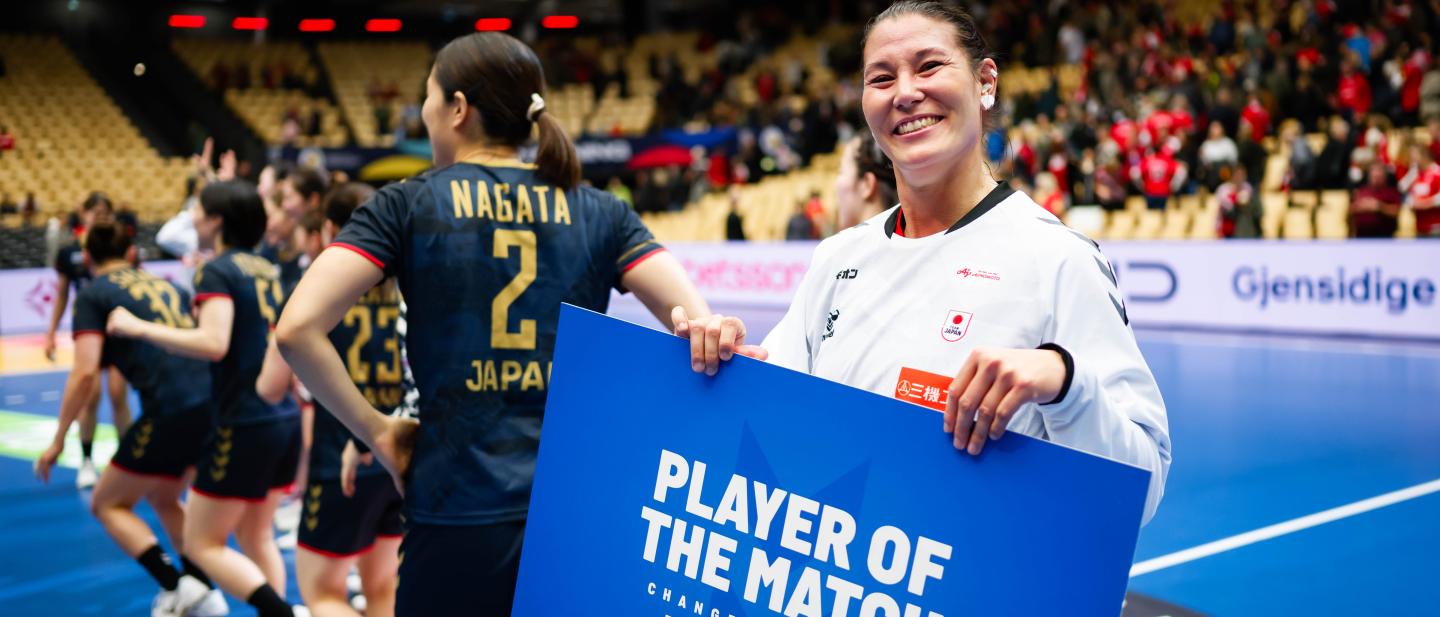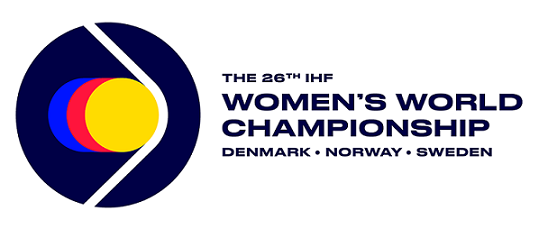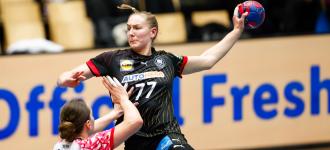The anatomy of a shock: Analysing Japan's win against Denmark
08 Dec. 2023

Eight years ago, at Denmark 2015, Japan lost against the European hosts by a nine-goal margin, 21:30. Two years later, at Germany 2017, Denmark sealed an even larger win, 32:18, totally outplaying their Asian counterparts.
While mutual matches and the head-to-head record cannot serve like an indicator for the winner of a future clash, they can set up expectations, telling a story about what everybody should expect.
And, of course, for Denmark’s debut in the main round at Denmark/Norway/Sweden 2023, there were huge expectations from the co-hosts: Denmark had previously won all their matches in the preliminary round, while Japan lost against European opponents, 30:31 against Germany and 30:32 against Poland.
But at the end of the final whistle in the Jyske Bank Boxen in Herning, there was an eerie silence: an in-flight goal scored at the buzzer by left wing Hikaru Matsumoto lifted Japan to an unprecedented 27:26 win, their maiden win against Denmark.
Sure, it was not the first-ever win against an European side for Japan – they had previously won against Poland, the Netherlands, Germany, France, Montenegro, Croatia, Austria and Romania in the past – but this was one of the best, if not the best match played by Japan at the IHF Women’s World Championship.
“We did not expect to win before the match, because we have seen them play. They were so good against Romania and they have good physique, good players, good experience, good goalkeepers and a lot of speed,” says Japan’s goalkeeper, Sakura Kametani.
The hummel Player of the Match against Denmark, who saved 14 shots for a 38% saving efficiency, including some key one-on-one situations, Kametani was Japan’s top player in the match, keeping the hope alive, even when the co-hosts were on top of the situation.
Born in Bergen, Norway, Kametani had previously played for Norway’s junior and youth national sides, before switching her allegiance to Japan and made her full international debut in the Asian qualifying tournament for Rio 2016 in Nagoya in October 2015.
Now, she is one of Japan’s most experienced players, having featured at club level for Norwegian sides Tertnes HE, Vipers Kristiansand, as well as for Danish side Nykøbing Falster Håndbold, before moving to French side ESBF Besançon, where she has been plying her trade since 2019.
“Today I feel that we did a good technical match and we also get a lot of shots in and defence is better. So it's great. It's a lesson for this team because they don't have so much experience,” adds Kametani.
Indeed, only Kametani, left back Haruno Sasaki, who plays for German side BV Borussia 09 Dortmund and right wing Natsumi Akiyama, who featured at Hungarian side Kisvarda, are currently playing club handball in Europe, with the rest of the squad still being at Japanese clubs.
This makes the performance even more special for a team that did not finish in single digits at the IHF Women’s World Championship since their ninth place in 1971, with their 10th place when they hosted the world handball flagship competition in 2019 as the top performance in the past 48 years.
“Some of the players were at the World Championship in Spain two years ago, when we finished on the 11th place, but for them this is a new experience, as they do not play in Europe. So it is a huge experience for them to get to the level where they can manage to deliver such a match against Denmark,” says Kametani.
While Shigeo Kusumoto’s side cannot really create a strong defensive performance, due to their lack of height – which is 1.68m on average throughout their roster – they compensate with a lot of movement and plenty of speed, which can also be seen in attack. This is what really shocked Denmark, which took an early 5:2 lead and looked confident in that respect.
But when Japan really got going, it was virtually impossible for Denmark to stop them. Centre back Natsuki Aizawa might have scored only four goals, but she also dished six assists, as she jumped into the fourth place in the top assists standings, with 21 in four matches, despite not playing so much in the big win against the Islamic Republic of Iran.
Right wing Saki Hattori was also immense, with seven goals out of 10 shots. And then there was Kametani, who had probably her best performance at the IHF Women’s World Championship, in her fifth appearance for Japan in the competition since starting playing in 2015, stopping five of the seven shots she faced from the back line.
“I am very surprised to see that we beat Denmark, they played so well against Romania. We are very proud because we sticked to our tactics,” concludes the Japan goalkeeper, who has also been praised by Japan’s coach, Shigeo Kusumoto, branding her as the reason for his side’s win.
Nevertheless, Japan still have two matches to go in the main round at Denmark/Norway/Sweden 2023, against two other European sides, Romania and Serbia. A quarter-finals berth might be out of the question, but there is still a lot that this team has to offer.
The 26:25 win, which came via a superb and audacious in-flight goal, helped Japan get even closer to a top-10 finish, but more is to come and twists and turns are surely expected in Group III of the main round in Herning.
But Japan can be proud of another win and another step in their excellent development over the years.






